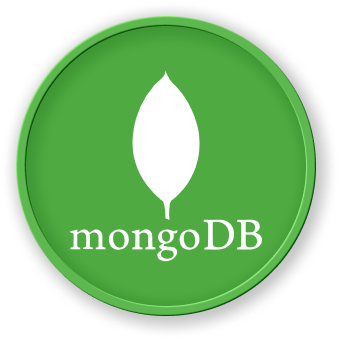Manipulation Strategies
Comprehensive Nested Document Manipulation in MongoDB
Manipulating nested documents requires advanced techniques and a deep understanding of MongoDB's update and modification capabilities.
Update Operators for Nested Documents
| Operator |
Description |
Use Case |
| $set |
Update specific fields |
Modify nested document values |
| $unset |
Remove specific fields |
Delete nested document elements |
| $push |
Add elements to array |
Append to nested arrays |
| $pull |
Remove elements from array |
Delete specific array items |
Basic Update Operations
from pymongo import MongoClient
client = MongoClient('mongodb://localhost:27017/')
db = client['labex_database']
users_collection = db['users']
## Update nested document field
users_collection.update_one(
{"name": "John Doe"},
{"$set": {"contact.email": "[email protected]"}}
)
## Add element to nested array
users_collection.update_one(
{"name": "Alice Smith"},
{"$push": {"profile.skills.programming": "Rust"}}
)
Advanced Manipulation Techniques
Conditional Updates
## Update with multiple conditions
users_collection.update_many(
{
"profile.age": {"$gte": 25},
"profile.skills.programming": {"$exists": True}
},
{"$inc": {"profile.experience": 1}}
)
## Restructure nested documents
users_collection.update_one(
{"name": "John Doe"},
{"$rename": {
"contact.phone.home": "contact.phone.personal",
"contact.phone.work": "contact.phone.office"
}}
)
Manipulation Flow Visualization
graph TD
A[Manipulation Request] --> B{Update Type}
B -->|Field Update| C[Use $set]
B -->|Array Modification| D[Use $push/$pull]
B -->|Nested Restructuring| E[Use $rename]
C --> F[Apply Changes]
D --> F
E --> F
F --> G[Commit to Database]
Complex Nested Document Manipulation
## Multi-level nested document update
users_collection.update_one(
{"name": "Alice Smith"},
{
"$set": {
"profile.skills.programming": ["Python", "Go", "Rust"],
"profile.certifications.technical": {
"mongodb": "Advanced",
"python": "Professional"
}
}
}
)
Safe Manipulation Strategies
- Always validate data before updates
- Use atomic operations
- Implement error handling
- Consider document size limits
| Technique |
Description |
| Bulk Operations |
Reduce database round trips |
| Selective Updates |
Update only necessary fields |
| Indexing |
Create indexes on frequently updated fields |
Common Manipulation Patterns
- Incrementing nested numeric fields
- Conditional array modifications
- Dynamic field addition/removal
- Nested document restructuring
Error Handling and Validation
try:
result = users_collection.update_one(
{"name": "John Doe"},
{"$set": {"contact.email": "[email protected]"}}
)
if result.modified_count == 0:
print("No document was updated")
except Exception as e:
print(f"An error occurred: {e}")
By mastering these manipulation strategies, developers can efficiently manage complex nested document structures in MongoDB, ensuring data integrity and optimal performance.

